Out-of-home (OOH) advertising, once confined to static billboards and posters, is undergoing a revolutionary transformation. The integration of digital technologies is reshaping the landscape, making OOH advertising more dynamic, targeted, and impactful than ever before. In this post, we’ll explore the innovations driving this change and what the future holds for OOH advertising in a digital world.
The Evolution of OOH Advertising
Traditionally, OOH advertising has been a powerful medium for reaching large audiences in public spaces. From the bustling streets of New York City to the highways of Los Angeles, billboards, bus shelters, and transit ads have been staples of the advertising industry. However, the rise of digital technology has introduced new possibilities, allowing for more interactive and engaging campaigns.
Digital Billboards: The New Face of OOH
One of the most significant advancements in OOH advertising is the advent of digital billboards. Unlike static billboards, digital billboards can display multiple advertisements in a single location, rotating content to capture the attention of passersby. This flexibility allows for real-time updates, ensuring that the content is always fresh and relevant.
Moreover, digital billboards offer superior visibility, especially at night, with vibrant displays that can’t be ignored. This enhanced visibility translates to higher engagement rates, making digital billboards a preferred choice for many advertisers.

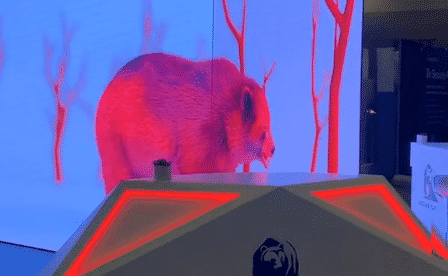
Programmatic DOOH: Precision and Efficiency
Programmatic Digital Out-of-Home (DOOH) is another game-changer in the OOH arena. By leveraging data and automation, programmatic DOOH allows advertisers to buy and deliver ads in real time, based on specific criteria such as location, time of day, and audience demographics. This precision targeting ensures that ads reach the right people at the right time, maximizing the return on investment.
Additionally, programmatic DOOH offers unparalleled flexibility. Advertisers can quickly adapt their campaigns based on performance metrics, optimizing content to achieve better results. This level of control was unimaginable in the traditional OOH landscape, but it’s now a reality thanks to digital advancements.
The Integration of Augmented Reality
Augmented Reality (AR) is poised to take OOH advertising to the next level. By overlaying digital content onto the physical world, AR creates immersive experiences that captivate audiences. Imagine walking past a bus shelter and seeing a 3D model of a new car, or pointing your smartphone at a billboard to unlock a virtual game. These interactive elements make AR a powerful tool for engaging consumers in meaningful ways.
Data-Driven Insights
One of the key benefits of digital OOH is the ability to gather and analyze data. Sensors and cameras can track foot traffic, dwell time, and engagement levels, providing valuable insights into the effectiveness of campaigns. This data-driven approach allows advertisers to refine their strategies and make informed decisions, ensuring that every dollar spent on OOH advertising delivers maximum impact.
Sustainability and Eco-Friendly Solutions
Digital OOH also aligns with the growing demand for sustainability. Unlike traditional billboards that require paper and ink, digital billboards are reusable and produce less waste. Many digital displays are also powered by renewable energy sources, reducing their environmental footprint. This commitment to sustainability resonates with eco-conscious consumers and enhances brand reputation.
The Road Ahead
The future of OOH advertising is undoubtedly digital. As technology continues to evolve, we can expect even more innovative solutions that blend the physical and digital worlds. From interactive displays and personalized content to AI-driven analytics and eco-friendly practices, the possibilities are endless.
At Bluetext, we’re excited to be at the forefront of this digital transformation. Our team of experts is dedicated to helping brands harness the power of digital OOH to create compelling, impactful campaigns. Whether you’re looking to reach local audiences or make a splash on a global scale, we have the tools and expertise to drive your success.
In conclusion, the future of OOH advertising is bright, dynamic, and full of potential. By embracing digital advancements, brands can engage audiences in new and exciting ways, making a lasting impression in an increasingly digital world.
Ready to elevate your OOH advertising strategy? Contact Bluetext today to discover how we can help you stay ahead of the curve and achieve your marketing goals.
In the ever-evolving world of marketing, understanding consumer behavior is paramount. Traditional methods like surveys and focus groups have provided valuable insights, but they often fall short in capturing the subconscious drivers of consumer decisions. Enter neuromarketing—a groundbreaking field that leverages neuroscience to delve deeper into the intricacies of consumer behavior by analyzing brain activity. At Bluetext, we believe that neuromarketing holds the key to crafting more effective marketing strategies and improving campaign outcomes. Here’s how.
What is Neuromarketing?
Neuromarketing combines principles from neuroscience, psychology, and marketing to study how consumers’ brains respond to marketing stimuli. By using advanced technologies such as functional magnetic resonance imaging (fMRI), electroencephalography (EEG), and eye-tracking, neuromarketers can observe brain activity and physiological responses in real time. These insights reveal the subconscious processes that influence decision-making, providing a more comprehensive understanding of consumer behavior than traditional methods.
Deeper Insights into Consumer Behavior
One of the primary advantages of neuromarketing is its ability to uncover the subconscious motivations that drive consumer behavior. While consumers might not be able to articulate why they prefer one brand over another, their brain activity can reveal these hidden preferences. For example, neuromarketing can identify which elements of an advertisement are most engaging, what triggers emotional responses, and how different product designs impact purchasing decisions.
This deeper understanding allows marketers to create more targeted and effective campaigns. By tapping into the subconscious preferences and emotions of consumers, brands can develop messages that resonate more deeply and drive stronger connections.
Enhancing Marketing Strategies
Neuromarketing techniques provide actionable insights that can inform various aspects of marketing strategy, including:
1. Ad Creation and Optimization
Neuromarketing can pinpoint which elements of an advertisement capture attention and evoke emotions. Marketers can use this data to craft ads that are more engaging and memorable, ensuring that their message sticks with the audience.
2. Product Design
Understanding how consumers perceive and respond to different product designs can lead to more appealing offerings. Neuromarketing can reveal preferences for color schemes, packaging, and even the tactile feel of products, helping brands design products that attract and delight consumers.
3. Pricing Strategies
By analyzing consumers’ brain responses to different pricing strategies, neuromarketing can help determine the most effective price points and promotional tactics. This can lead to pricing models that maximize perceived value and drive sales.
4. Brand Positioning
Neuromarketing insights can guide the development of a brand’s identity and positioning. By understanding the emotional triggers that connect consumers to a brand, marketers can craft a brand story that resonates on a deeper level, fostering loyalty and advocacy.
Improving Campaign Outcomes
Neuromarketing doesn’t just inform strategy; it also enhances campaign outcomes by ensuring that marketing efforts are precisely targeted and highly effective. When campaigns are built on a foundation of deep consumer insights, they are more likely to achieve their objectives, whether that’s increasing brand awareness, driving conversions, or boosting customer loyalty.
Moreover, the ability to measure and analyze brain activity in response to marketing stimuli provides a powerful feedback loop. Marketers can continuously refine and optimize their campaigns based on real-time data, ensuring that their efforts remain relevant and impactful.
Ethical Considerations in Neuromarketing
While the potential of neuromarketing is vast, it’s important to approach it with ethical considerations in mind. Respecting consumer privacy, ensuring transparency, and avoiding manipulative practices are essential to maintaining trust and integrity in neuromarketing practices. At Bluetext, we are committed to ethical neuromarketing, using these powerful insights to create positive and meaningful experiences for consumers.
The Future of Marketing is Here
As the marketing landscape becomes increasingly competitive, the ability to understand and influence consumer behavior is more critical than ever. Neuromarketing offers a window into the subconscious mind, providing deeper insights and enabling more effective marketing strategies. By leveraging these insights, brands can create more engaging, personalized, and impactful campaigns that truly resonate with their audience.
At Bluetext, we’re excited about the potential of neuromarketing to transform the way we understand and connect with consumers. If you’re ready to take your marketing to the next level, contact us today to discover how neuromarketing can enhance your strategy and drive better outcomes.
Ready to unlock the power of neuromarketing? Contact Bluetext today and let’s explore how we can help you understand your audience like never before.
In today’s digital landscape, mobile traffic has not only surpassed desktop but continues to grow exponentially. As users increasingly rely on their smartphones for browsing, shopping, and entertainment, it’s essential for businesses to prioritize mobile-first design. At Bluetext, we understand the importance of creating responsive, user-friendly mobile experiences that enhance customer satisfaction and boost conversions. Here, we’ll share best practices for designing mobile-first websites that can help your business stay ahead in this mobile-centric world.
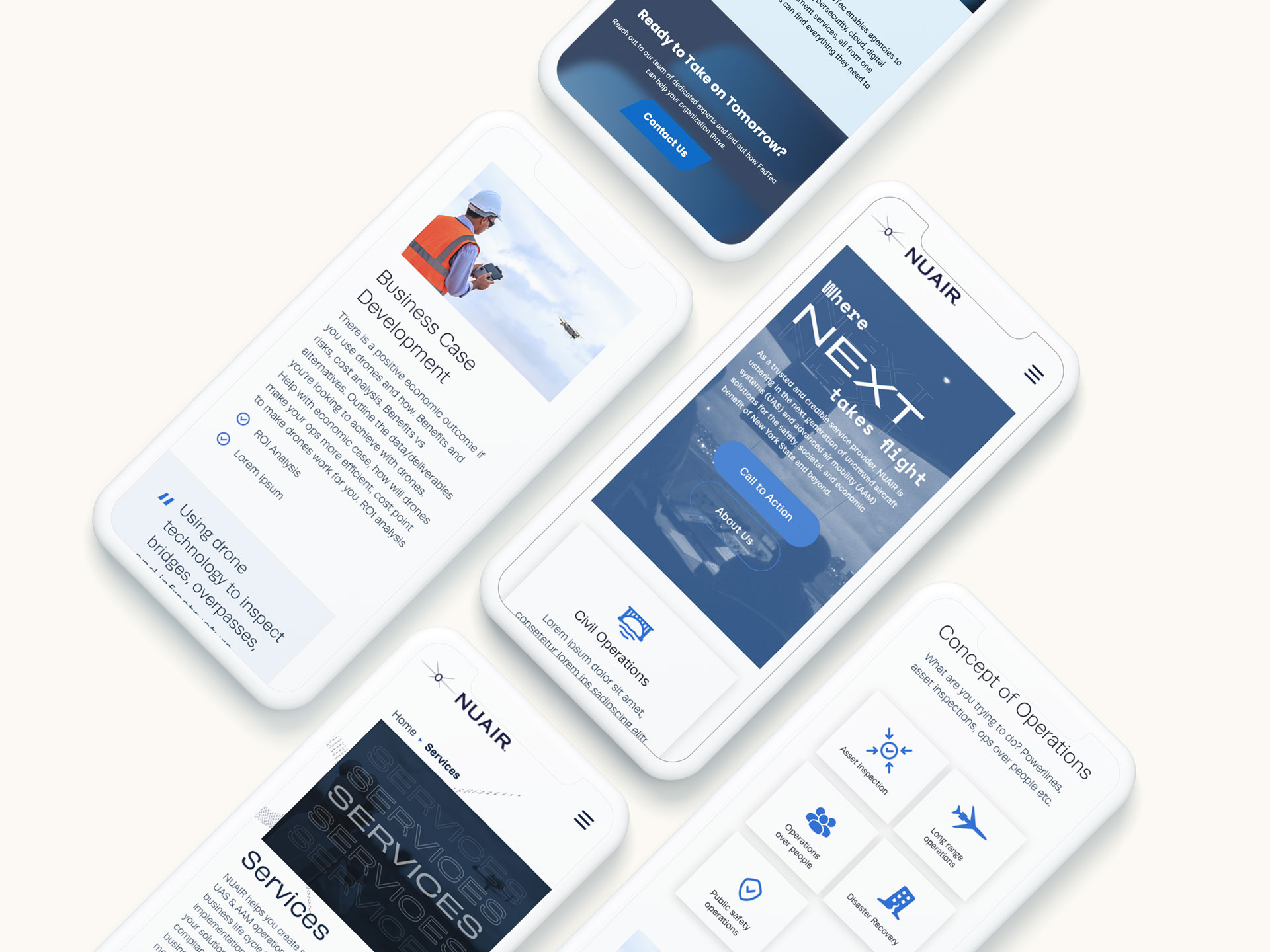
1. Prioritize Speed and Performance
Mobile users expect fast loading times. A delay of even a few seconds can result in higher bounce rates and lost opportunities. To ensure your mobile site is quick and efficient:
- Optimize Images: Use compressed images without compromising quality. Consider modern formats like WebP for better compression.
- Minimize HTTP Requests: Reduce the number of elements on your page to decrease load time.
- Leverage Browser Caching: Store frequently used resources in the user’s browser to speed up repeat visits.
2. Simplify Navigation
Mobile screens are smaller, and users often interact with them on the go. Simplifying navigation helps create a seamless user experience:
- Intuitive Menu Design: Use hamburger menus or bottom navigation bars to keep the interface clean and easy to navigate.
- Short and Descriptive Labels: Ensure menu items are clearly labeled and concise.
- Clickable Areas: Make buttons and links large enough for easy tapping, considering touch-friendly design principles.
3. Optimize for Touch Interactions
Touch interactions differ significantly from mouse clicks. Designing with touch in mind ensures better user engagement:
- Finger-Friendly Design: Ensure touch targets are at least 44×44 pixels to avoid accidental clicks.
- Gestures: Implement common gestures like swiping and pinching to enhance navigation and usability.
- Feedback: Provide visual feedback for taps and gestures to assure users that their actions are recognized.

4. Responsive and Adaptive Design
A mobile-first approach doesn’t mean neglecting other devices. Your design should adapt seamlessly across all screen sizes:
- Fluid Grids: Use percentage-based widths to allow content to resize smoothly.
- Flexible Images: Ensure images scale correctly without breaking the layout.
- Media Queries: Employ CSS media queries to apply different styles based on the device’s characteristics.
5. Content Prioritization
Mobile users often seek specific information quickly. Prioritize content to meet their needs efficiently:
- Important Information First: Place critical content and calls-to-action (CTAs) at the top of the page.
- Concise and Scannable Text: Use short paragraphs, bullet points, and headings to make text easy to read.
- Visual Hierarchy: Use size, color, and spacing to guide users to key elements.
6. Test and Iterate
Continuous testing and iteration are key to maintaining an effective mobile-first website:
- User Testing: Conduct regular usability tests to gather feedback from real users.
- Analytics: Monitor user behavior and site performance through tools like Google Analytics.
- A/B Testing: Experiment with different design elements to see what works best for your audience.
7. Progressive Web Apps (PWAs)
Consider enhancing your mobile website with Progressive Web App features for a more app-like experience:
- Offline Functionality: Allow users to access content even without an internet connection.
- Push Notifications: Engage users with timely updates and promotions.
- Home Screen Access: Enable users to add your site to their home screen for easy access.

8. Utilize Mobile-Friendly Forms
Forms are often a critical component of websites, especially for lead generation and customer interaction. Ensuring they are mobile-friendly is crucial:
- Simplify Form Fields: Only ask for essential information to reduce user effort.
- Auto-Fill and Auto-Correct: Utilize browser features to help users complete forms quickly.
- Responsive Input Fields: Ensure form fields are large enough and easy to tap, and that they adapt to different screen sizes.
9. Leverage Mobile-Specific Features
Take advantage of features unique to mobile devices to enhance user experience and functionality:
- Location Services: Use GPS to provide location-based services or content.
- Mobile Payments: Integrate mobile payment options like Apple Pay and Google Wallet for seamless transactions.
- Voice Search: Optimize for voice search to accommodate users who prefer speaking over typing.
10. Focus on Accessibility
Ensuring your mobile site is accessible to all users, including those with disabilities, not only broadens your audience but also complies with legal requirements:
- Alt Text for Images: Provide descriptive alt text for images.
- Keyboard Navigation: Ensure that all interactive elements can be navigated via keyboard.
- Screen Reader Compatibility: Use semantic HTML and ARIA roles to support screen readers.
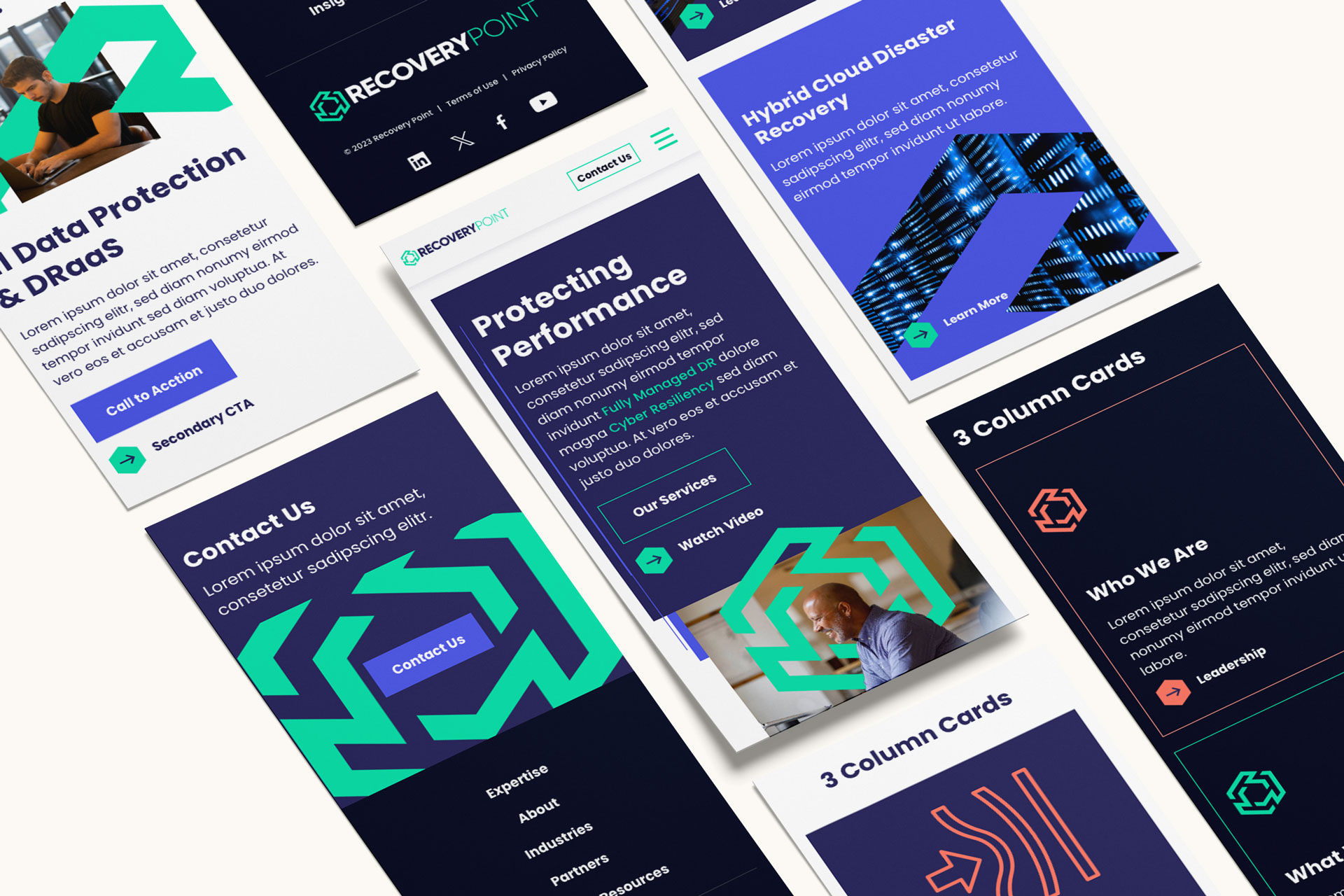
Designing mobile-first websites is no longer optional—it’s a necessity. By following these best practices, you can create responsive, user-friendly mobile experiences that not only satisfy your customers but also drive conversions. At Bluetext, we’re dedicated to helping businesses thrive in the mobile era. Contact us today to learn how we can transform your digital presence with cutting-edge mobile-first design strategies.
As we stand on the brink of a new era in connectivity, 5G technology is set to revolutionize the digital landscape. For marketers, the advent of 5G presents a treasure trove of opportunities to engage audiences in ways previously thought impossible. At Bluetext, we’re excited to explore how faster connectivity can transform digital marketing, from enhanced mobile experiences to groundbreaking applications of augmented and virtual reality (AR/VR).
Faster Connectivity: The Backbone of Future Marketing
One of the most anticipated benefits of 5G is its unprecedented speed. With data transfer rates up to 100 times faster than 4G, 5G will significantly reduce latency and enhance the user experience. This improvement is crucial for digital marketing strategies that rely heavily on real-time data and instant communication.
Enhanced Mobile Experiences
Mobile devices are the primary touchpoints for consumers, and 5G is set to elevate this experience to new heights. Faster download and upload speeds mean richer, more interactive content can be delivered seamlessly. High-quality videos, interactive advertisements, and real-time customer service interactions will become standard, leading to higher engagement rates and improved customer satisfaction.
Additionally, 5G’s enhanced bandwidth capabilities will support a greater number of connected devices, facilitating more comprehensive and integrated marketing campaigns. Brands can leverage these capabilities to create more personalized and dynamic user experiences, ensuring they capture and retain their audience’s attention.
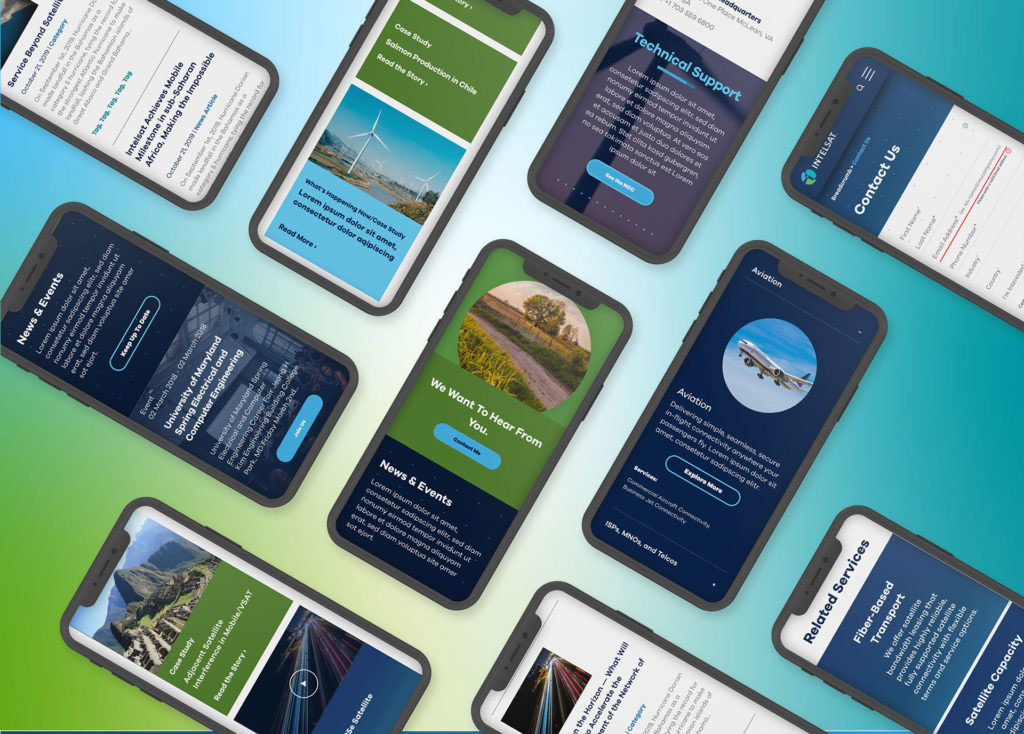
New Opportunities in Augmented and Virtual Reality
Perhaps the most exciting prospect of 5G is its potential to bring AR and VR into the mainstream. These technologies have been on the horizon for years, but the limitations of current networks have hindered their widespread adoption. 5G is set to change that by providing the necessary infrastructure to support the heavy data requirements of AR and VR applications.
Augmented Reality Marketing
AR offers marketers a unique way to engage consumers by overlaying digital information onto the physical world. With 5G, AR experiences will become more immersive and interactive. Imagine consumers being able to visualize how a piece of furniture would look in their home before making a purchase or trying on clothes virtually. These experiences not only enhance customer engagement but also reduce return rates and increase conversion rates.
Virtual Reality Marketing
VR takes immersion a step further by creating entirely new environments for consumers to explore. The high-speed, low-latency capabilities of 5G will make VR experiences more realistic and accessible. Brands can create virtual showrooms, host virtual events, or offer virtual tours, providing consumers with unique and memorable interactions that drive brand loyalty and sales.
5G Tips and Trends
To fully capitalize on the potential of 5G, here are some additional tips and trends to keep in mind:
1. Embrace Video Content
With faster speeds and better connectivity, video content will become even more prevalent. Invest in high-quality video production and consider incorporating live streaming into your marketing strategy. Live Q&A sessions, product launches, and behind-the-scenes content can significantly boost engagement.
2. Focus on Personalization
5G’s ability to handle large amounts of data quickly means more opportunities for personalization. Use data analytics to create highly targeted marketing campaigns that cater to individual preferences and behaviors. Personalized content is more likely to resonate with your audience and drive conversions.
3. Optimize for Mobile
As mobile usage continues to grow, optimizing your website and marketing materials for mobile devices is essential. Ensure that your content loads quickly and is easy to navigate on smartphones and tablets. A seamless mobile experience can greatly enhance user satisfaction and retention.
4. Leverage IoT (Internet of Things)
The increased connectivity of 5G will accelerate the growth of IoT devices. Marketers can use IoT data to gain deeper insights into consumer behavior and preferences. For example, smart home devices can provide valuable data on user habits, enabling more effective targeting and personalization.
5. Stay Ahead with AI and Machine Learning
The combination of 5G and AI will open new doors for predictive analytics and real-time decision-making. Use AI-powered tools to analyze data, predict trends, and optimize your marketing efforts. Automated chatbots, personalized recommendations, and dynamic content are just a few examples of how AI can enhance your 5G-enabled marketing strategy.
Embracing the 5G Future
The advent of 5G is more than just an upgrade in connectivity; it’s a paradigm shift that will redefine digital marketing. At Bluetext, we are excited to help our clients navigate this new landscape, leveraging the power of 5G to create innovative and effective marketing strategies. From enhanced mobile experiences to the groundbreaking use of AR and VR, the possibilities are endless. As 5G continues to roll out, the future of digital marketing looks incredibly promising, and we’re thrilled to be at the forefront of this revolution. Contact us to learn more.
In the dynamic world of digital marketing, few trends have revolutionized the landscape as significantly as social commerce. As social media platforms increasingly blur the lines between content and commerce, businesses are presented with unprecedented opportunities to drive sales directly within these digital ecosystems. At Bluetext, we’ve observed and harnessed the power of social commerce to deliver outstanding results for our clients. In this post, we’ll delve into the phenomenon of social commerce, highlighting best practices for shoppable posts, influencer collaborations, and creating seamless purchase experiences.
The Rise of Social Commerce
Social commerce is the integration of e-commerce functionalities within social media platforms. It allows users to purchase products directly from social media posts or profiles without ever leaving the app. This seamless blend of browsing and buying has transformed the traditional shopping journey, making it more convenient and engaging for consumers.
Platforms like Instagram, Facebook, Pinterest, and TikTok have pioneered this shift by introducing features like shoppable posts, in-app checkout, and shopping tabs. These innovations cater to the growing demand for instant gratification in online shopping, enabling brands to reach and convert customers more effectively.
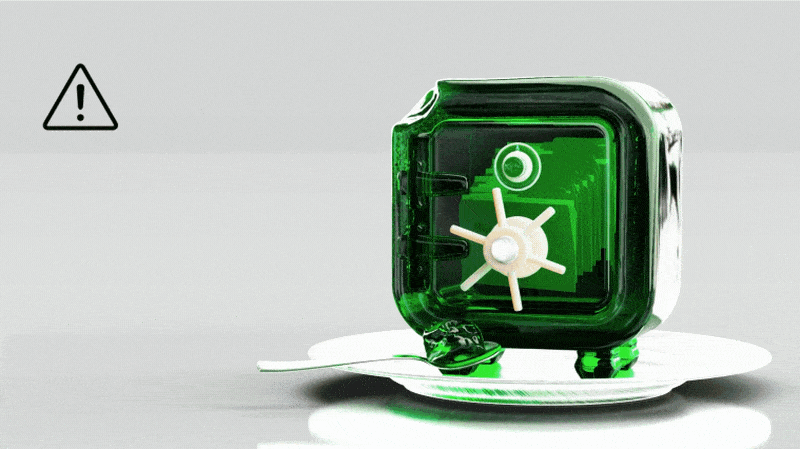
Best Practices for Shoppable Posts
Shoppable posts are a cornerstone of social commerce, offering a direct path from product discovery to purchase. To maximize their impact, brands should consider the following best practices:
- High-Quality Visuals: Use high-resolution images and videos to showcase products. Visual appeal is critical in capturing attention and driving engagement.
- Clear Product Information: Ensure that product tags provide essential details like price, size, and availability. This transparency builds trust and encourages purchases.
- Compelling Captions: Craft engaging and informative captions that highlight the product’s benefits and unique features. Use a consistent brand voice to reinforce identity.
- User-Generated Content: Encourage customers to share their experiences with your products. Reposting user-generated content (UGC) adds authenticity and social proof, which can significantly influence purchasing decisions.
Influencer Collaborations
Influencer marketing has become a powerful tool in the social commerce arsenal. Collaborating with influencers allows brands to tap into their established audiences and leverage their credibility. Here’s how to make the most of these partnerships:
- Choose the Right Influencers: Select influencers whose followers align with your target audience. Micro-influencers often have more engaged communities and can offer higher conversion rates.
- Authentic Integration: Ensure that the influencer’s promotion feels genuine and aligns with their usual content. Authenticity resonates better with audiences and drives higher engagement.
- Track Performance: Use trackable links and promo codes to monitor the success of influencer campaigns. Analyzing performance data helps refine future strategies and maximize ROI.

Creating Seamless Purchase Experiences
A frictionless shopping experience is crucial for converting social media users into customers. Here are some strategies to enhance the buying journey:
- In-App Checkout: Utilize in-app checkout options provided by social platforms. This reduces the steps needed to complete a purchase, minimizing drop-off rates.
- Mobile Optimization: Ensure that all content and shopping features are optimized for mobile devices. Given the high mobile usage of social media, a mobile-friendly approach is essential.
- Personalized Recommendations: Leverage data and AI to offer personalized product recommendations. Tailored suggestions increase the likelihood of purchase by catering to individual preferences.

Social commerce represents a paradigm shift in the way consumers discover and purchase products. By seamlessly integrating shopping experiences within social media platforms, brands can engage their audiences more effectively and drive sales like never before. At Bluetext, we understand the transformative potential of social commerce and are dedicated to helping businesses navigate this exciting landscape. By implementing best practices for shoppable posts, leveraging influencer collaborations, and creating seamless purchase experiences, brands can thrive in the era of social commerce. Ready to take your social commerce strategy to the next level? Contact Bluetext today and let’s make it happen.
Private equity firms have long been known for their ability to drive growth and enhance value in their portfolio companies. One of the most effective strategies in this realm is brand expansion. By focusing on strengthening and extending the reach of a brand, private equity firms can unlock significant growth opportunities and create lasting value. In this blog post, we’ll delve into the power of brand expansion in private equity and offer practical tips on how to harness its full potential.
The Importance of Brand Expansion in Private Equity
In the competitive world of private equity, differentiation is key. Strong brands not only attract customers but also foster loyalty, command premium pricing, and enhance market positioning. Here’s why brand expansion is crucial in private equity:
1. Driving Revenue Growth
Expanding a brand can open up new revenue streams and markets. Whether it’s through launching new products, entering new geographic markets, or targeting different customer segments, brand expansion drives top-line growth. By leveraging an existing brand’s equity, companies can achieve faster and more efficient market penetration.
2. Enhancing Market Value
A well-established and recognized brand adds significant value to a company. In the context of private equity, a strong brand can lead to higher valuations during exit opportunities. Investors are often willing to pay a premium for companies with strong brand equity, as it indicates a solid market position and growth potential.
3. Building Competitive Advantage
Brand expansion helps build a competitive edge by differentiating a company from its competitors. A strong brand is difficult to replicate, providing a sustainable competitive advantage. Private equity firms can capitalize on this by investing in brand development and expansion to create a moat around their portfolio companies.
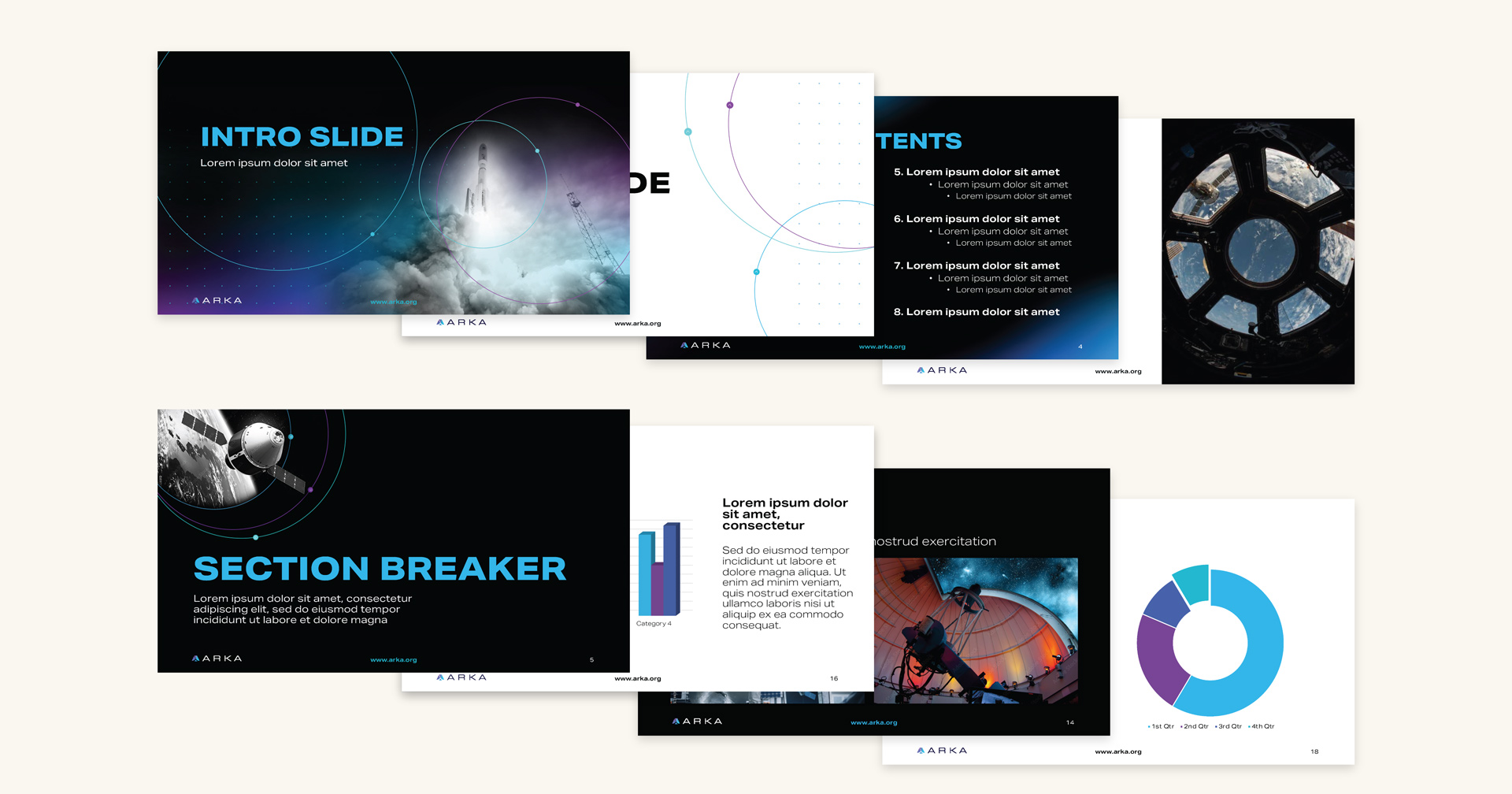
Strategies for Successful Brand Expansion
Effective brand expansion requires a strategic approach. Here are some key strategies to consider:
1. Market Research and Analysis
Understanding the market landscape is crucial for successful brand expansion. Conduct thorough research to identify new opportunities, target audiences, and potential challenges. Analyze competitors and market trends to develop a clear expansion strategy.
2. Leveraging Digital Channels
Digital marketing plays a vital role in brand expansion. Utilize digital channels such as social media, email marketing, and search engine optimization (SEO) to reach new audiences and build brand awareness. A strong online presence can significantly boost brand expansion efforts.
3. Product Line Extension
Extending the product line is an effective way to expand a brand. Introduce new products or services that complement the existing offerings. Ensure that the new additions align with the brand’s core values and appeal to the target audience.
4. Geographic Expansion
Entering new geographic markets can significantly boost growth. Conduct a thorough analysis of potential markets to identify the most promising regions. Develop a tailored market entry strategy that considers local preferences, regulations, and competitive dynamics.
5. Partnerships and Alliances
Forming strategic partnerships and alliances can accelerate brand expansion. Collaborate with complementary brands or businesses to co-create products, share distribution channels, or engage in joint marketing efforts. Partnerships can provide access to new customer bases and resources.
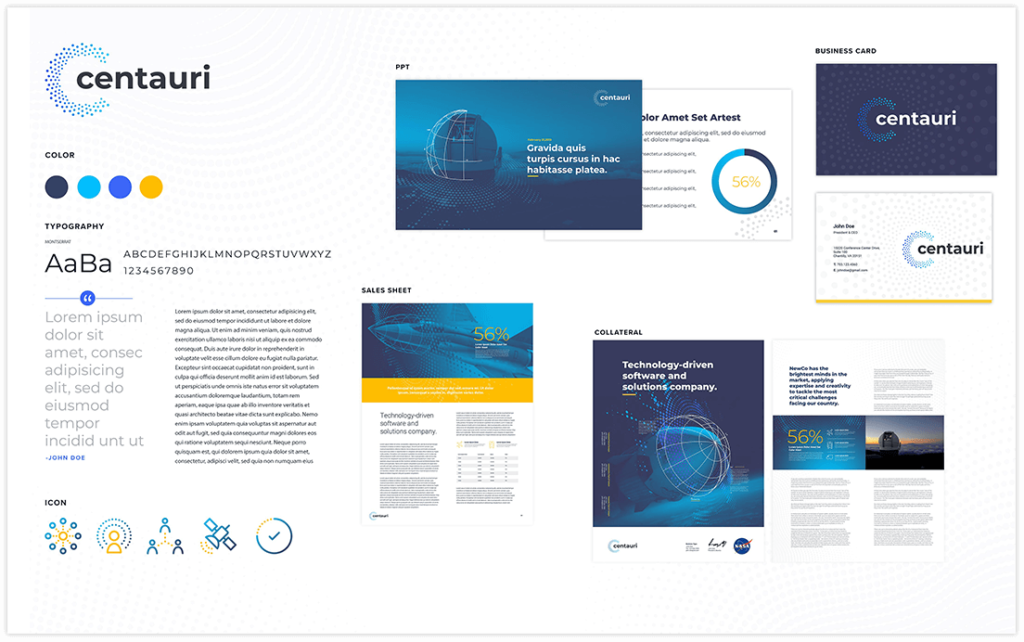
Tips for Maximizing Brand Expansion Success
To maximize the success of your brand expansion efforts, consider the following tips:
- Stay True to Your Brand: Ensure that all expansion activities align with your brand’s core values and promise. Consistency is key to maintaining brand integrity.
- Invest in Brand Marketing: Allocate sufficient resources to brand marketing and promotion. A well-executed marketing campaign can significantly boost brand awareness and support expansion efforts.
- Monitor and Measure Performance: Continuously monitor the performance of your expansion initiatives. Use key performance indicators (KPIs) to track progress and make data-driven adjustments as needed.
- Engage with Your Audience: Foster strong relationships with your customers. Engage with them through social media, customer feedback, and loyalty programs to build brand loyalty and advocacy.
- Be Adaptable: Stay flexible and open to change. Market conditions and customer preferences can shift, so be prepared to adapt your strategies accordingly.

Brand expansion is a powerful lever for driving growth and creating value in private equity. By strategically expanding a brand’s reach and influence, private equity firms can unlock new opportunities, enhance market positioning, and build a sustainable competitive advantage. At Bluetext, we specialize in helping private equity firms navigate the complexities of brand expansion. Contact us today to learn how we can support your brand growth initiatives and unlock the full potential of your investments.
In the ever-evolving world of web design, typography plays a pivotal role in creating visually engaging and effective user experiences. At Bluetext, we understand that choosing the right fonts is not just about aesthetics; it’s about making an impact. Whether you’re aiming to capture attention, convey a message, or create a memorable brand identity, typography is your silent but powerful ally. Let’s delve into the latest typography trends in web design that are shaping the digital landscape and how you can leverage them for maximum impact.
Trend 1: Variable Fonts
Variable fonts are a game-changer in modern web design. These fonts allow for multiple variations of a typeface, such as weight, width, and slant, within a single font file. This flexibility offers designers unparalleled creative freedom while improving website performance by reducing the number of font files needed.
Imagine a website where the header text seamlessly transitions from bold to thin as you scroll, or a landing page where the call-to-action dynamically adjusts its weight to draw attention. Variable fonts make these dynamic typographic experiences possible, enhancing user engagement and interaction.
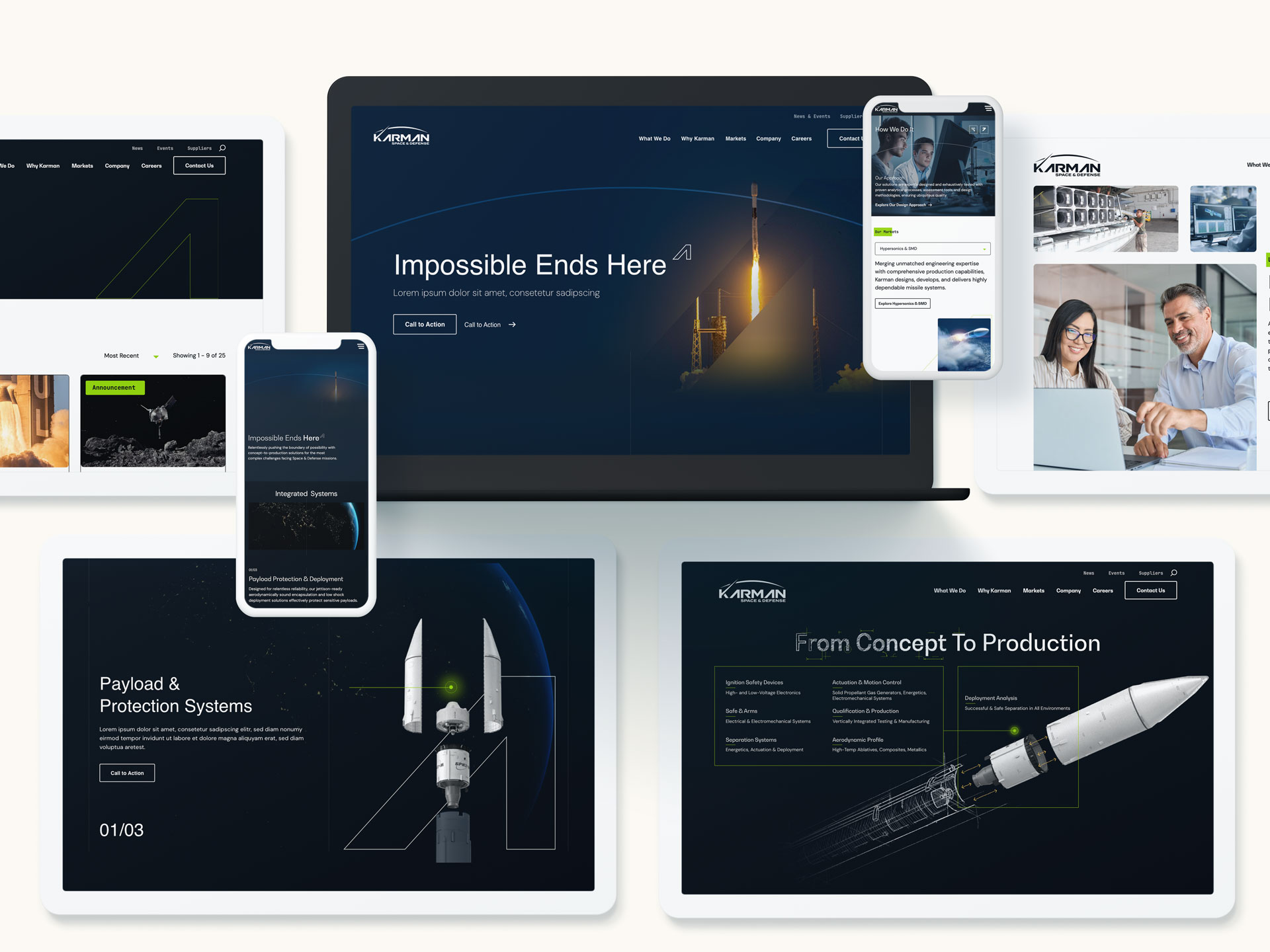
Trend 2: Bold and Dramatic Typography
In a digital world saturated with content, bold and dramatic typography stands out. Large, impactful text can convey confidence and make a strong statement, whether used in headers, hero sections, or call-to-action buttons.
Consider using oversized typography for key messages or branding elements. This approach not only grabs attention but also communicates a sense of importance and urgency. Pairing bold fonts with minimalistic design elements can create a striking visual contrast that captivates users.
Trend 3: Serifs Making a Comeback
For years, sans-serif fonts have dominated web design due to their clean and modern appearance. However, serifs are making a comeback, bringing a touch of elegance and sophistication to digital interfaces.
Serifs can evoke a sense of tradition and reliability, making them ideal for industries like finance, law, and luxury goods. When paired with contemporary design elements, serif fonts can create a unique blend of classic and modern aesthetics, appealing to a broad audience.
Trend 4: Custom Fonts
Custom fonts are becoming increasingly popular as brands seek to differentiate themselves in a crowded market. A unique typeface can reinforce brand identity and ensure consistency across all digital platforms.
Investing in a custom font can set your brand apart and create a cohesive visual identity. Custom typography ensures that your brand voice is unmistakable and memorable, helping to build a stronger connection with your audience.

Trend 5: Mixing Fonts
The trend of mixing fonts involves combining different typefaces to create visual interest and hierarchy. This technique can enhance readability and guide users through your content more effectively.
When mixing fonts, it’s crucial to maintain a balance and ensure compatibility between typefaces. Combining a bold sans-serif for headers with a clean serif for body text can create a harmonious and engaging reading experience. Be mindful of contrast, scale, and proportion to achieve a polished look.
Conclusion
Typography is more than just selecting a font; it’s about creating a visual language that speaks to your audience. At Bluetext, we believe that understanding and leveraging the latest typography trends can transform your web design, making it more impactful and memorable. By embracing variable fonts, bold typography, the resurgence of serifs, custom typefaces, and the art of mixing fonts, you can craft a digital presence that not only stands out but also resonates with your users. Stay ahead of the curve and let your typography make a lasting impression. Contact us to learn more.
In the realm of digital marketing, the design of your website is more than just an aesthetic endeavor; it is a strategic tool to build emotional connections with your audience. At Bluetext, we understand that color psychology plays a pivotal role in this process, influencing perceptions, decisions, and actions. By leveraging the power of colors, we can create a visually compelling and emotionally resonant experience for your visitors. Let’s dive into how color psychology can be harnessed to enhance your website design and create lasting impressions.
Understanding Color Psychology
Color psychology is the study of how colors affect human behavior and emotions. Different colors can evoke specific feelings and associations, making them a powerful tool in website design. Here’s a quick rundown of common color associations:
- Red: Passion, urgency, excitement, and attention. Often used in call-to-action buttons to stimulate quick responses.
- Blue: Trust, calmness, and professionalism. Popular among brands that want to convey reliability and stability.
- Green: Growth, health, and tranquility. Ideal for eco-friendly and wellness-focused brands.
- Yellow: Happiness, optimism, and warmth. Great for creating a cheerful and inviting atmosphere.
- Purple: Luxury, creativity, and wisdom. Often used by brands that want to portray a sense of sophistication and innovation.
- Black: Power, elegance, and sophistication. Commonly used in high-end and minimalist designs.
- White: Purity, simplicity, and cleanliness. Essential for creating a sense of space and clarity.

Creating Emotional Connections Through Color
1. Establishing Brand Identity
Your website is an extension of your brand, and the colors you choose should reflect your brand’s personality and values. At Bluetext, we work with clients to identify their core attributes and translate them into a cohesive color palette. For example, a tech company might use blue to convey trust and innovation, while a beauty brand might opt for purple to emphasize luxury and creativity.
2. Enhancing User Experience
A well-chosen color scheme can guide users through your website, making it easier for them to navigate and find the information they need. By strategically placing colors in key areas, such as navigation menus, call-to-action buttons, and highlighted sections, we can create a more intuitive and enjoyable user experience. This not only helps keep visitors engaged but also encourages them to take desired actions, such as signing up for a newsletter or making a purchase.
3. Evoking Desired Emotions
Different colors can evoke specific emotions, which can be leveraged to create the desired atmosphere on your website. For instance, a spa website might use soft greens and blues to create a calming effect, while an e-commerce site might use vibrant reds and oranges to evoke excitement and urgency. By aligning the color scheme with the emotional tone you want to set, you can create a more immersive and impactful experience for your visitors.
4. Building Trust and Credibility
Color psychology can also play a crucial role in building trust and credibility with your audience. Blue, for example, is often associated with trust and reliability, making it a popular choice for financial institutions and healthcare providers. Similarly, using consistent and harmonious color schemes can create a sense of professionalism and attention to detail, which can enhance your brand’s credibility.

Implementing Color Psychology in Website Design
At Bluetext, we follow a strategic approach to implementing color psychology in website design:
1. Research and Analysis
We start by understanding your brand, target audience, and industry. This involves analyzing competitors, identifying key emotional triggers, and exploring cultural associations with colors.
2. Color Palette Development
Based on our research, we develop a color palette that aligns with your brand’s personality and goals. This palette includes primary, secondary, and accent colors that work harmoniously together to create a cohesive look and feel.
3. Design and Testing
We integrate the chosen colors into the website design, paying close attention to their placement and impact. We also conduct user testing to gather feedback and make necessary adjustments to ensure the colors effectively convey the desired emotions and enhance the user experience.
4. Continuous Optimization
Color psychology is not a one-time effort. We continuously monitor the performance of your website and make data-driven adjustments to optimize the color scheme for better engagement and conversions.

Conclusion
Color psychology is a powerful tool in website design that can help create emotional connections with your audience. By understanding the emotional impact of colors and strategically incorporating them into your website, you can enhance user experience, build trust, and drive desired actions. At Bluetext, we are experts in leveraging color psychology to create visually stunning and emotionally resonant websites that deliver results.
Ready to transform your website with the power of color? Contact Bluetext today and let us help you create a digital experience that truly connects with your audience.
In today’s fast-paced digital era, the landscape of Business-to-Government (B2G) marketing is evolving rapidly. The integration of digital technologies is not just a trend but a necessity for businesses aiming to engage effectively with government entities. At Bluetext, a Washington DC-based marketing agency, we specialize in guiding businesses through this transformation. This post explores how leveraging digital transformation can enhance B2G marketing strategies, driving engagement, efficiency, and successful outcomes.
Understanding B2G Marketing
B2G marketing involves businesses marketing their products or services to government agencies. Unlike B2B or B2C marketing, B2G marketing often entails navigating complex procurement processes and adhering to stringent regulatory requirements. However, effective B2G marketing is crucial for businesses aiming to secure government contracts and build long-term relationships with public sector clients. With the digital landscape constantly evolving, staying abreast of current trends is essential for success.
The Role of Digital Transformation in B2G Marketing
Digital transformation involves the integration of digital technology into all areas of a business, fundamentally changing how it operates and delivers value to customers. In the context of B2G marketing, digital transformation can enhance efficiency, transparency, and engagement. Key components include data analytics, automation, artificial intelligence (AI), and cloud computing, each playing a vital role in modernizing marketing efforts and meeting the unique needs of government clients.

Strategies for Leveraging Digital Transformation in B2G Marketing
1. Data-Driven Decision Making
Importance of Data: In B2G marketing, understanding the specific needs and pain points of government entities is crucial. Data analytics provides valuable insights, enabling businesses to tailor their marketing strategies effectively.
Tools and Technologies: Implementing Customer Relationship Management (CRM) systems and data analytics platforms can help in gathering and analyzing data, ensuring that marketing efforts are aligned with government requirements and expectations.
2. Enhanced Digital Engagement
Digital Channels: Utilizing digital channels such as social media, email marketing, and content marketing is essential for engaging government stakeholders. These platforms allow for direct communication and the dissemination of relevant information.
Content Strategy: Creating compelling and relevant content tailored to government audiences can significantly enhance engagement. This includes case studies, whitepapers, and informative articles that address the specific challenges faced by government entities.
3. Automation and AI
Streamlining Processes: Automation can significantly improve efficiency in various aspects of B2G marketing, from proposal management to contract management and communication.
AI Applications: AI can be used for predictive analysis, chatbots for customer service, and personalized marketing efforts, providing a more efficient and tailored experience for government clients.
4. Improved Cybersecurity
Importance of Security: Ensuring robust cybersecurity measures is paramount when dealing with sensitive government data. Building trust through secure practices is essential for long-term relationships.
Best Practices: Adopting industry best practices and standards in cybersecurity helps protect data and maintain the integrity of business operations.
5. Cloud Computing
Benefits of Cloud Solutions: Cloud computing offers scalability, flexibility, and cost-efficiency, making it an ideal solution for businesses looking to enhance their B2G marketing efforts.
Implementation Strategies: Practical steps for integrating cloud solutions include assessing current infrastructure, choosing the right cloud provider, and ensuring data security and compliance.

Future Trends in Digital Transformation and B2G Marketing
Emerging Technologies: Technologies such as blockchain, Internet of Things (IoT), and advanced AI are set to revolutionize B2G marketing.
Evolving Government Needs: As government needs evolve, businesses must stay ahead of the curve by continuously adapting their marketing strategies to meet these changing demands.
Leveraging digital transformation in B2G marketing is not just about adopting new technologies; it’s about creating a more efficient, transparent, and engaging process for both businesses and government entities. At Bluetext, we are committed to helping businesses navigate this transformation, ensuring they are well-equipped to meet the demands of the digital age. Contact us today to learn how we can help you achieve your marketing goals.
In the dynamic realm of private equity, where strategic investments and value creation define success, one critical element often shapes the trajectory of portfolio companies: effective marketing. At Bluetext, we recognize that marketing transcends mere promotion—it is a strategic lever that can drive growth, enhance value, and create a ripple effect that benefits both investors and their portfolio companies. In this blog post, we will explore the multifaceted impact of effective marketing on private equity portfolio companies, illustrating how it can transform strategic investments into lucrative success stories.
The Strategic Importance of Marketing in Private Equity
Private equity firms are increasingly acknowledging the strategic significance of marketing. It’s not just a tool for immediate sales growth but a long-term investment that amplifies the overall value of portfolio companies. Here’s how:
- Brand Building and Reputation Management: A strong brand and positive reputation are invaluable assets. Effective marketing crafts compelling brand narratives, enhances visibility, and fosters trust with stakeholders. For portfolio companies, a robust brand can lead to improved customer loyalty, attract top talent, and secure favorable terms in negotiations and partnerships.
- Market Positioning: Strategic marketing positions portfolio companies effectively within their markets. By identifying unique selling propositions and differentiating from competitors, marketing efforts can establish a niche that attracts dedicated customers and drives sustainable growth.
- Customer Acquisition and Retention: Well-executed marketing strategies, including targeted campaigns and personalized communications, significantly boost customer acquisition and retention rates. For private equity firms, this translates into steady revenue streams and heightened enterprise value.
Enhancing Portfolio Company Value Through Marketing
Effective marketing initiatives directly contribute to the value enhancement of private equity portfolio companies. Here are key ways in which marketing impacts portfolio success:
- Revenue Growth: Targeted marketing campaigns drive sales by reaching the right audience with the right message at the right time. Whether through digital advertising, content marketing, or social media engagement, these efforts enhance top-line growth, a crucial factor in portfolio valuation.
- Operational Efficiency: Modern marketing leverages data and analytics to optimize performance. By utilizing AI and machine learning, marketing campaigns are refined for maximum efficiency, reducing costs and improving ROI. This operational efficiency is particularly valuable for private equity firms aiming to streamline portfolio company operations.
- Scalability: Marketing strategies that emphasize scalability ensure that as a company grows, its marketing efforts can expand seamlessly. This scalability is essential for private equity firms that often look to grow portfolio companies rapidly to prepare for exit strategies.
- Enhanced Exit Strategies: A well-marketed company is more appealing to potential buyers. By building a strong brand, demonstrating consistent revenue growth, and showcasing a loyal customer base, private equity firms can increase the attractiveness of their portfolio companies, achieving higher multiples and more profitable exits.
Centauri: Marketing Success in Action
Consider for example, our work with Centauri. When Arlington Capital Partners acquired three leading companies in the national security sector—Integrity Applications Incorporated, Xebec Global, and Dependable Global Solutions—the IAI team turned to Bluetext to develop and launch a new unified brand from scratch. In less than 6 months, the teams worked together to launch Centauri. Following our work with the company, it was sold to KBR for $827 million, providing Arlington Capital Partners with a profit of around $300 million.
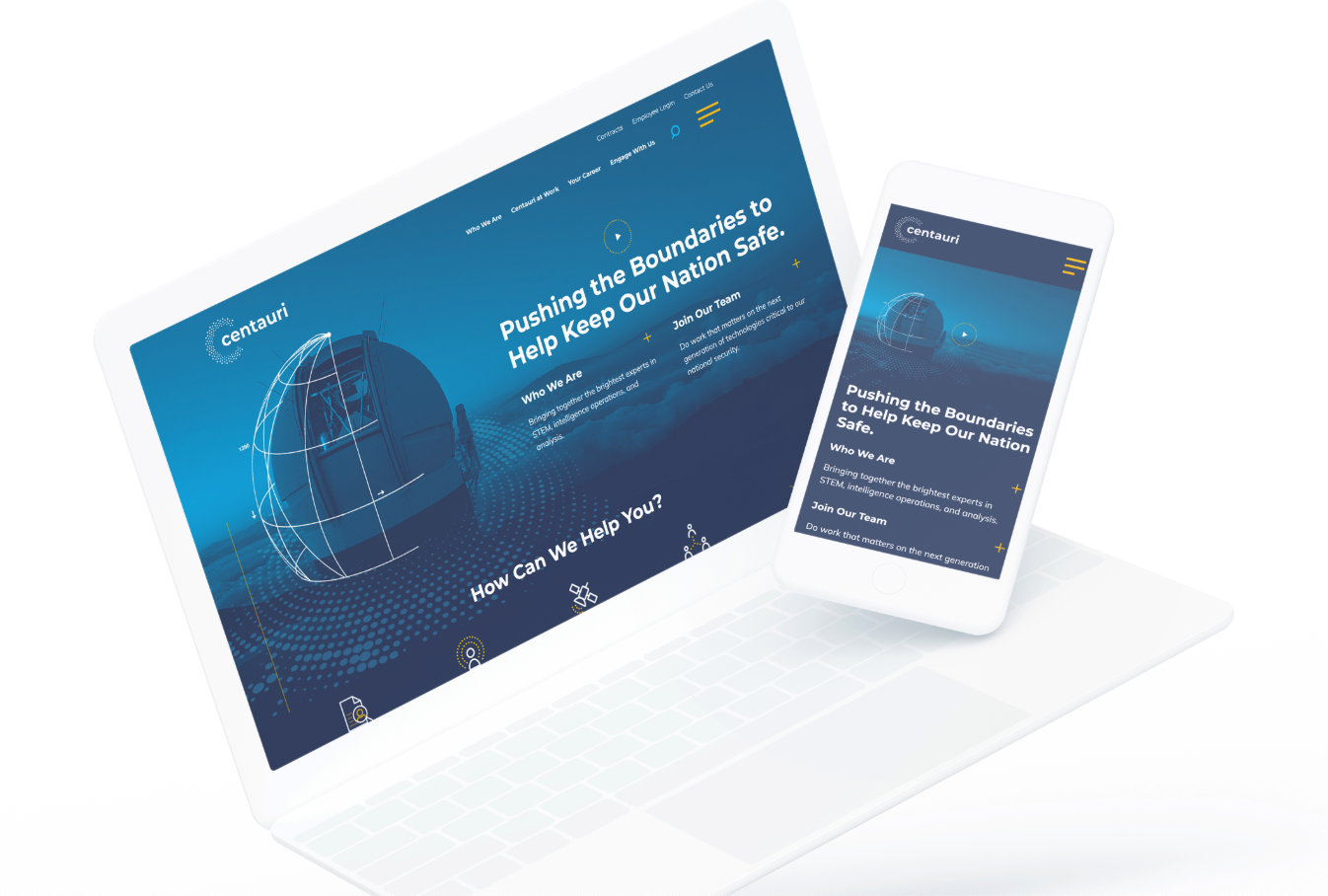
The Future of Marketing in Private Equity
As the private equity landscape evolves, the role of marketing will continue to grow in significance. Here are some trends to watch:
- Data-Driven Marketing: Advanced analytics and big data are transforming how marketing strategies are developed and executed. Data-driven insights enable more precise targeting, better customer understanding, and improved campaign performance.
- Digital Transformation: The ongoing digital revolution presents both challenges and opportunities. Private equity firms must ensure that their portfolio companies are not only keeping pace with digital trends but also leveraging them to gain competitive advantages.
- Integrated Marketing Strategies: Successful marketing is no longer about isolated campaigns but integrated strategies that encompass various channels and touchpoints. Omnichannel approaches that provide a seamless customer experience will be crucial for driving growth and value.
Conclusion
Effective marketing is a powerful catalyst that can significantly enhance the performance and value of private equity portfolio companies. By building strong brands, optimizing operations, and driving scalable growth, marketing creates a ripple effect that benefits all stakeholders involved. At Bluetext, we specialize in crafting strategic marketing solutions that unlock the full potential of portfolio companies, ensuring that private equity investments yield maximum returns.
For more insights on how effective marketing can transform your portfolio companies, contact us at Bluetext. Together, we can harness the power of marketing to drive your private equity success.